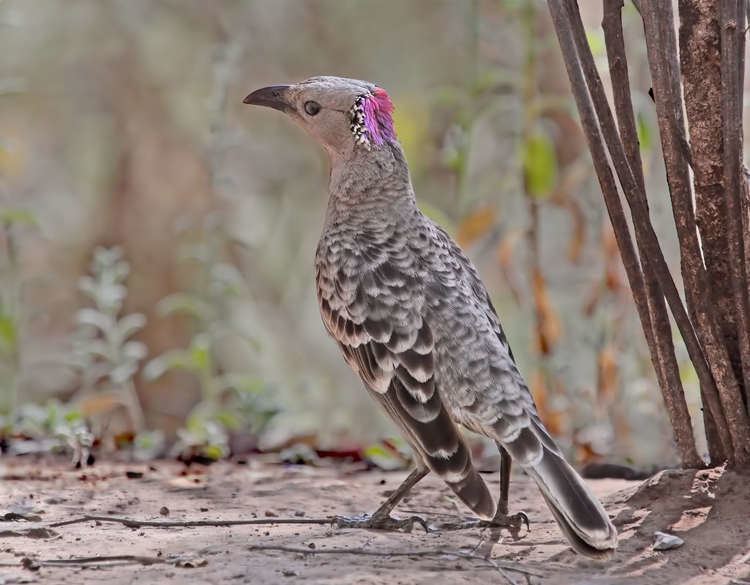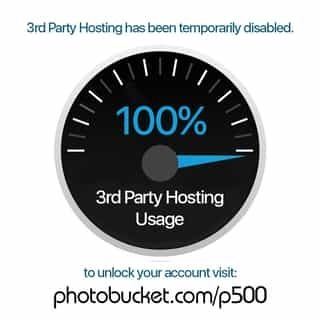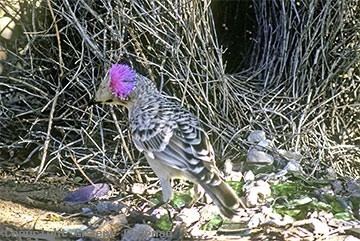Phylum Chordata Rank Species | Family Ptilonorhynchidae Scientific name Chlamydera nuchalis Higher classification Chlamydera Order Passerine | |
 | ||
Similar Bowerbird, Bird, Chlamydera, Satin bowerbird, Golden bowerbird | ||
Great bowerbird mating behaviour
The great bowerbird (Chlamydera nuchalis) is a common and conspicuous resident of northern Australia, from the area around Broome across the Top End to Cape York Peninsula and as far south as Mount Isa. Favoured habitat is a broad range of forest and woodland, and the margins of vine forests, monsoon forest, and mangrove swamps.
Contents
- Great bowerbird mating behaviour
- Great bowerbird chlamydera nuchalis dancing for a female
- Bower
- References

As with most members of the bowerbird family, breeding considerations dominate the lifecycle: females nest inconspicuously and raise their young alone, while the males spend most of the year building, maintaining, improving, defending, and above all displaying from their bowers. Only a male with a successful bower can attract mates.

The great bowerbird is the largest of the bowerbird family and is 33 to 38 cm long and fawny grey in colour. Males have a small but conspicuous pink crest on the nape of the neck.

Great bowerbird chlamydera nuchalis dancing for a female
Bower

The bower is a twin-walled avenue-type bower approximately 1 metre long and 45 cm high. It is typically located under a shrub or leafy branch. The ends of the bower are scattered with white and green objects - stones, bones, shells and leaves and small man-made objects such as plastic and bottle caps. Within the bower itself is sometimes placed clear glass.

Uniquely among bowerbirds, groups of young males will attend a single bower concurrently, "practising" their bower-building skills prior to establishing their own bower for mating purposes.
